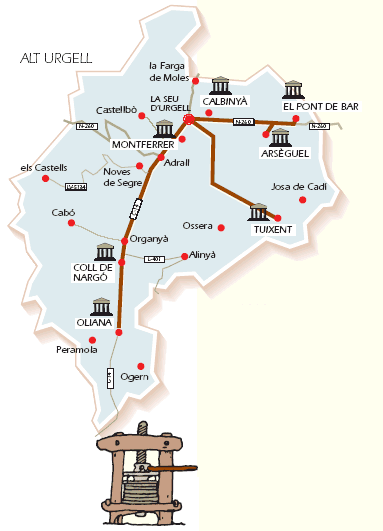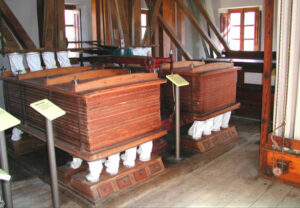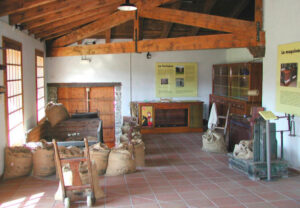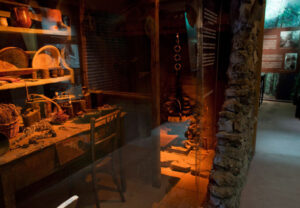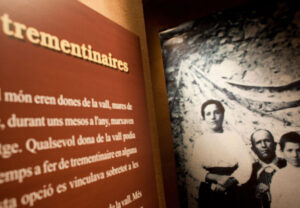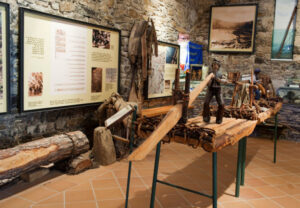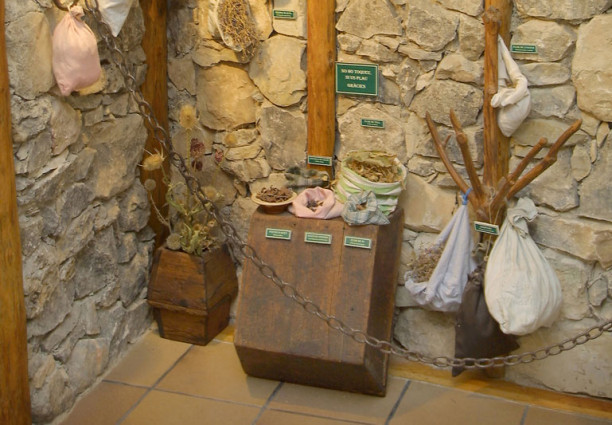
The Artisans’ Route
The trementinaires used to travel around selling the herbs and remedies that they collected and prepared in the Vansa and Tuixent valley. They would set out to sell their wares once or twice a year and could be away for anything between just a few days to up to four months at a time. They normally travelled in pairs and went most of the way on foot, carrying their products on their backs. They used to have a direct and personal relationship with the people who they sold to and for this reason they tended to visit rural areas and to establish quite close ties with the people who they lodged with along the way. This led them to establish a series of fixed routes that they would repeat year after year. There are records of their activities dating back from the end of the 19th century through to the 1960s.
The trementinaires travelled to almost all parts of Catalonia, but the best documented information about them speaks of the main areas in which they distributed their products: El Berguedà, El Moianès, Osona, La Selva, El Gironès, El Baix Empordà, L'Alt Empordà, La Garrotxa and El Ripollès (mostly in the north-east of Catalonia). Other routes led them to L'Urgell (Spain), La Segarra(Spain) and El Segrià (Spain). Sometimes, their routes even stretched as far as the territories of Tarragona. Following the course of the river Llobregat they went as far as El Bages and El Vallès, and there are even records of trementinaires selling their wares at the Sant Pons fair in Barcelona. Other information refers to them passing through El Pallars and the Val d'Aran and reaching Andorra.
The activities of the museum. The museum provides guided visits and also organises a range of activities throughout the year. Amongst these, it is important to highlight the Festa de les Trementinaires (Herbal Remedies Festival), which coincides with the Second Easter (Pasqua Granada), guided outings searching for aromatic and medicinal plants in the Vansa and Tuixent valley, courses about flowers and workshops on plants and how to make herbal remedies for school groups.
